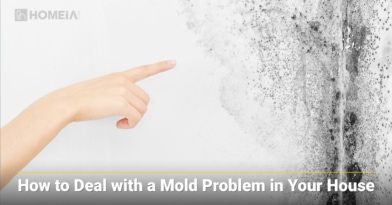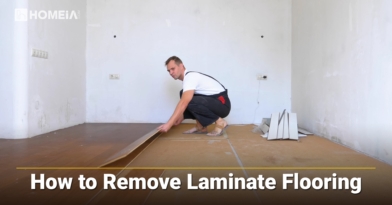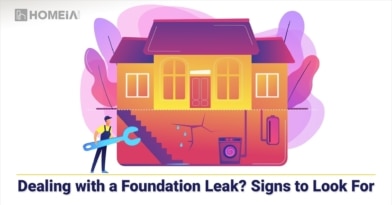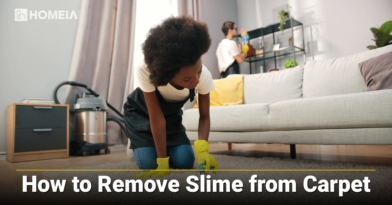Best Flooring Options for High-Moisture Areas
- Author:by Olivia Elsher
- Category: Home Maintenance , Home Improvement
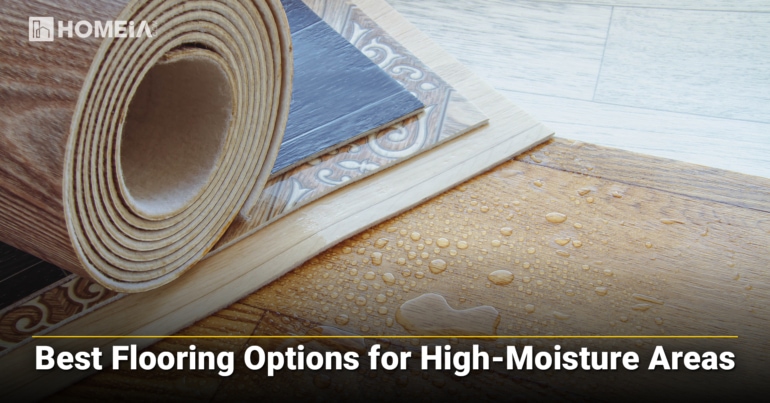
Selecting the right flooring is one of the most critical aspects of any remodeling project. Your preferences matter, but so do other factors, such as humidity levels, traffic patterns and the room’s purpose.
Environmental conditions can render some flooring choices ineffective and wasteful. You don’t want to go through the time and expense of redoing your hard work in a few years when problems develop. Issues compound if you’re a landlord renovating a residential property — you want to minimize potential future headaches that could cost you or even land you in legal trouble.
What are your choices for areas like kitchens and bathrooms — or for that vacation home on the East Texas coast? Here we will explore your best flooring options for high-moisture areas.
Table of Contents:
I. What is a high-moisture area?
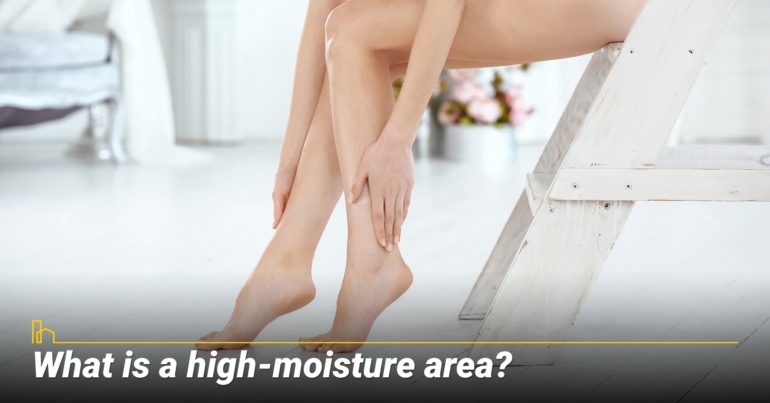
First of all, what is a high-moisture area? Typically, it’s a wet area of your home — where you frequently use water. That’s why kitchens and bathrooms top this list, and you’ll need to make careful choices in these rooms wherever you live.
However, some people might experience excess moisture in other areas of their homes. For example, folks in hot and humid climates can experience issues with warping and mold nearly anywhere. In general, you can anticipate problems if you live in an area where the dew point regularly soars past 65 degrees. The problem worsens if floodwaters encroach.
Another factor influencing moisture levels is how the room gets used. For example, families with young children who splash everywhere or dogs who love to shake after a bath need to take greater precautions with waterproofing than individuals living alone — assuming they don’t overflow the tub.
How to Deal with a Mold Problem in Your House
When you have a leaking pipe within the walls, mold may also form in its vicinity. Even a leaky roof can lead to mold formation on your ceiling and the wall directly underneath the leak. Here is how to identify and remove mold from your house…
II. 10 Best Flooring Options for High-Moisture Areas
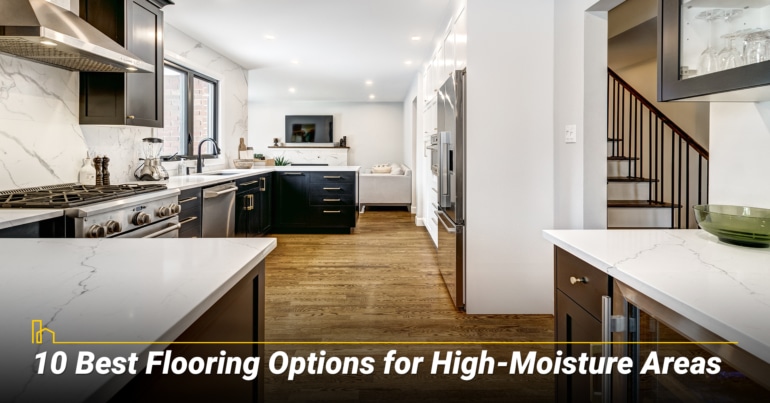
You know shag carpeting is a poor bathroom choice regardless of where you live. Carpet absorbs moisture, providing the perfect breeding ground for toxic mold. But what are your best flooring options for high moisture areas, and why? Consider the following 10 selections.
1. Ceramic Tile
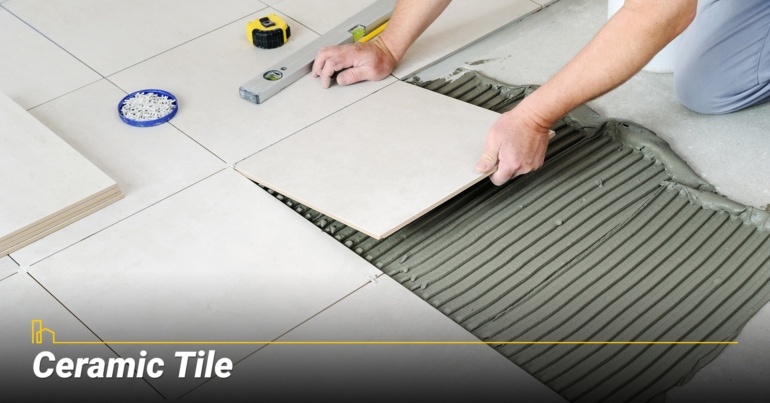 Ceramic tile is a classic, elegant flooring choice. It is one of the pricier options on this list, but its longevity can make it a good investment. You can expect a properly installed ceramic tile floor to last from 75 to 100 years, assuming you maintain the home.
Ceramic tile is a classic, elegant flooring choice. It is one of the pricier options on this list, but its longevity can make it a good investment. You can expect a properly installed ceramic tile floor to last from 75 to 100 years, assuming you maintain the home.
Compared to porcelain, ceramic tile has a slightly higher moisture absorption rate. However, it’s typically not enough to cause issues. Pay attention to the grout — it’s the weak spot. If the grout becomes cracked, water can leak through to your subfloor.
The beauty of tile is that you can replace a small section without redoing your entire floor. Should damage occur, this feature will save you some cash.
10 Economical Flooring Options to Update your House and Add Value
Flooring comes in many styles and options, so you can easily find a variety of ways to keep the costs down while enhancing the value of your home in the process. Here’re 10 options for budget-friendly flooring that will help you keep the full cost of flooring replacement under control…
2. Porcelain Tile
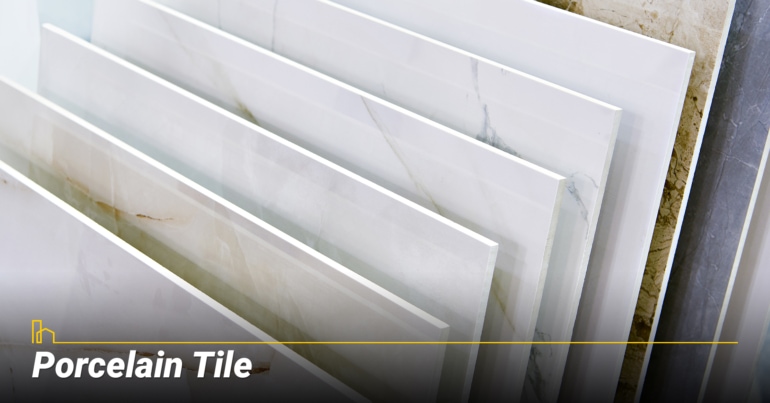 Porcelain tile is technically a type of ceramic, but builders often prefer it for kitchens and bathrooms. The fine clays and firing methods used to create it give it the best water resistance of nearly any natural material, at 0.5% or less.
Porcelain tile is technically a type of ceramic, but builders often prefer it for kitchens and bathrooms. The fine clays and firing methods used to create it give it the best water resistance of nearly any natural material, at 0.5% or less.
Once again, grout is your weak spot. Ensure that your tile floors are sealed to protect them from erosion and cracks and inspect them annually for any weak spots.
3. Sheet Vinyl
 Sheet vinyl is likely your least expensive flooring option for high-moisture areas, making it a blessing for renovators who need a bargain. You’ll shell out far less per square foot for sheet vinyl than for many other options on this list.
Sheet vinyl is likely your least expensive flooring option for high-moisture areas, making it a blessing for renovators who need a bargain. You’ll shell out far less per square foot for sheet vinyl than for many other options on this list.
It’s also easy to install, even for first-time DIYers. Your biggest issue is cutting the corners and securing them with molding.
On the other hand, sheet vinyl is prone to damage that’s hard to fix. Unlike with vinyl laminates, you must redo the entire area if you get a deep gouge. While you can attempt patchwork, it seldom aligns correctly.
4. Waterproof Engineered Hardwood
 Regular hardwood flooring is a poor choice for kitchens and bathrooms. Wood naturally absorbs moisture, passing it to your subfloor and creating mold issues.
Regular hardwood flooring is a poor choice for kitchens and bathrooms. Wood naturally absorbs moisture, passing it to your subfloor and creating mold issues.
But what if you adore the look? Thank technology for the solution. Waterproof engineered hardwood is a cross between natural wood and luxury vinyl planking. It features a wood veneer with a vinyl or plastic core to prevent warping and water absorption, making it an especially durable choice.
10 Steps to Remove Laminate Flooring
Laminate is a popular flooring choice today. It comes in many colors and textures, it is durable, and it is easy to install. There may come a time, though, when you want to replace the existing laminate floor with something new…
5. Luxury Vinyl Planks
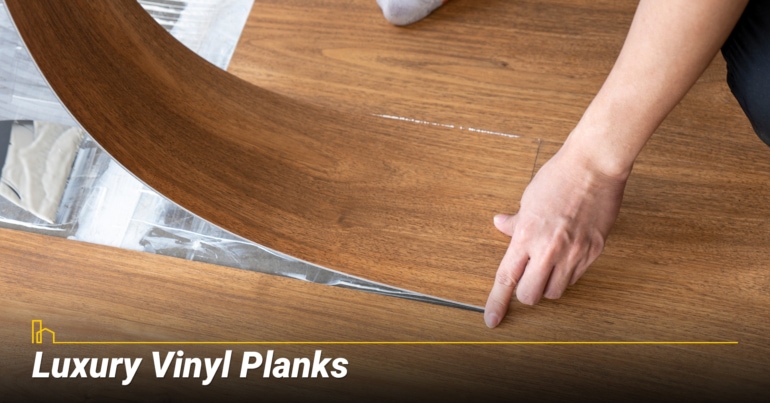
Here’s another option for folks who love the look of hardwood but don’t want all the expense and potential trouble. Luxury vinyl planks interlock like wood but consist of artificial, waterproof material. You might know them by the brand name Pergo.
Luxury vinyl plank floors typically last around 25 years, giving them better longevity than sheet vinyl, which often needs replacement after a decade or so. Another plus is the ability to remove and replace damaged sections without replacing the entire floor.
6. High-Pressure Laminate Planks
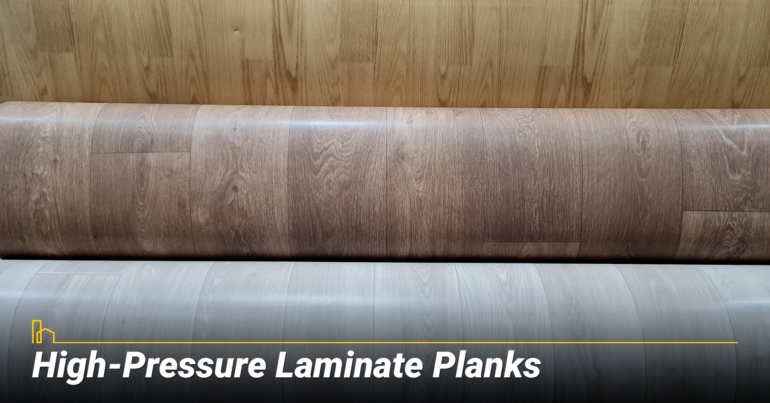 Unlike luxury vinyl planks, which are fully artificial, laminate planks feature a core made from wood byproducts and resin.
Unlike luxury vinyl planks, which are fully artificial, laminate planks feature a core made from wood byproducts and resin.
Another detail is that laminate planks tend to feature an attached subfloor layer. (Some vinyl models also include a subfloor layer, but it isn’t as common.) That makes high-pressure laminate planks a good choice for novice DIYers who don’t want to mess with applying two layers of flooring.
7. Stone
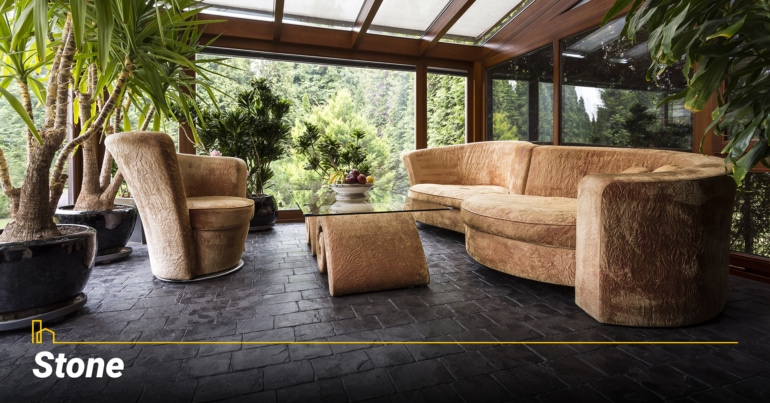 Most stone is as water-resistant as ceramic tile, if not slightly more so. It also gives your kitchen or bathroom a unique look.
Most stone is as water-resistant as ceramic tile, if not slightly more so. It also gives your kitchen or bathroom a unique look.
As with tile, the weak point in stone floors is the grout. And since stone can have uneven edges, the grout application can be relatively challenging. Ensure you seal your stone floor to prevent any moisture from entering the cracks.
Dealing with a Foundation Leak? Signs to Look For
Foundation leaks crop up for all kinds of reasons. It’s often difficult to tell, though, just how severe the leak you have on your hands is before the worst of the symptoms arise. When in doubt, reach out to local professionals for help fixing any foundation problems that have appeared…
8. Microcement
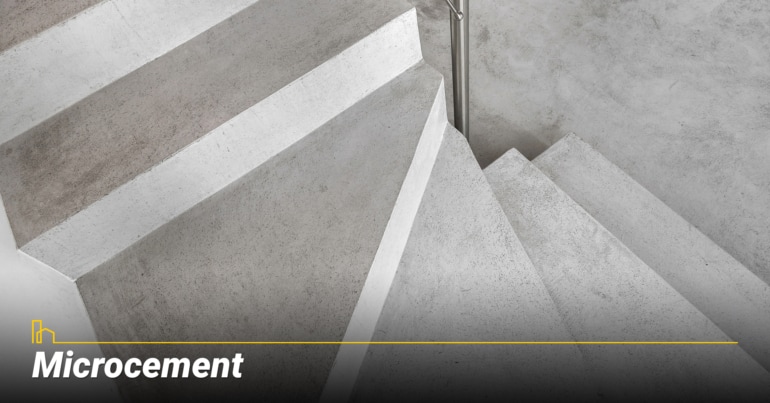 Microcement is a decorative coating made from a mixture of cement, resin, additives and mineral pigments. The beauty of this flooring option is that it is completely mold-free.
Microcement is a decorative coating made from a mixture of cement, resin, additives and mineral pigments. The beauty of this flooring option is that it is completely mold-free.
You can apply microcement directly to your floors and walls, creating seamless waterproofing. You’ll need to ensure that everything remains clean and dry during application.
Microcement might not be your best choice if you’re prone to falls, as it isn’t a very forgiving surface.
9. Rubber
 Rubber floors aren’t only for gymnasiums anymore. Today’s manufacturing techniques produce stylish flooring you’ll be proud to showcase in your home.
Rubber floors aren’t only for gymnasiums anymore. Today’s manufacturing techniques produce stylish flooring you’ll be proud to showcase in your home.
Rubber flooring can last for 20 years or more and is relatively inexpensive. Furthermore, it’s a wise choice for folks who are at risk of falls, as the surface is typically more forgiving than tile or stone.
10. Waterproof Carpet or Carpet Tiles
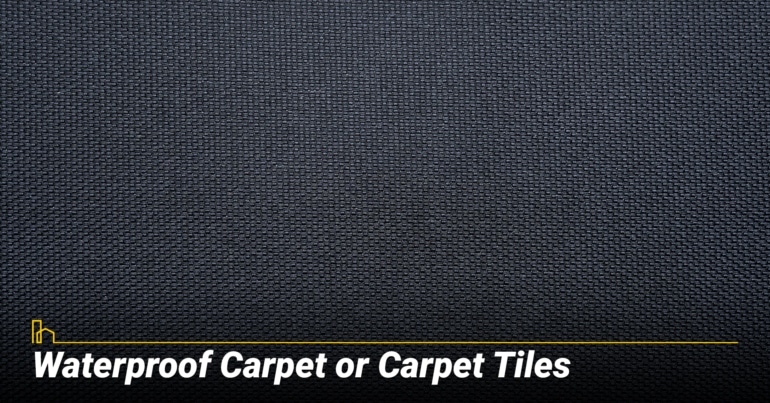 If you want your guests to exclaim, “A carpeted bathroom? Are you crazy?” then waterproof carpet tiles are the way to go. However, you have to ensure that the type you choose is truly waterproof. Only a handful of manufacturers produce carpet worthy of use in high-moisture areas. The rest produce material that is merely water resistant.
If you want your guests to exclaim, “A carpeted bathroom? Are you crazy?” then waterproof carpet tiles are the way to go. However, you have to ensure that the type you choose is truly waterproof. Only a handful of manufacturers produce carpet worthy of use in high-moisture areas. The rest produce material that is merely water resistant.
The beauty of using carpet tiles instead of a single sheet is that you can replace only the damaged areas. However, there is a greater risk of moisture seeping between the seams, making them slightly more appropriate for kitchens than bathrooms.
Top 10 Epoxy Resin Home Improvement Projects
Thanks to its ease of use—just combine the two liquids in the correct ratio and mix thoroughly and you’re ready to work—you can use epoxy resin for a variety of applications. Here we’ve gathered 10 ideas to get you started…
III. Remember Your Subfloor
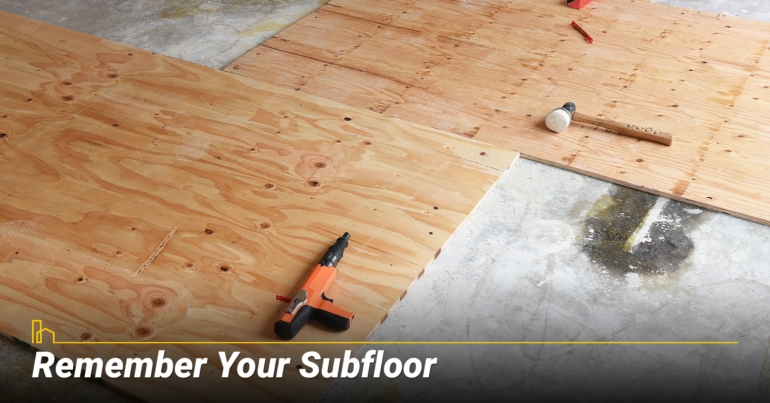
When renovating high-moisture areas, it’s also crucial to treat your subfloor. You’re in luck if you are starting with raw concrete, but many homes feature plywood subfloors. That means you must waterproof them by coating or chemically treating the wood, sealing it or applying a cement backer.
You can purchase waterproof subflooring. Additionally, you can find waterproof membranes that form a protective layer between your plywood and the flooring above it.
IV. Choosing Flooring for High-Moisture Areas

Aesthetics are only one consideration when choosing materials for your home renovation. You must also consider factors like moisture, which can cause flooring to warp and mold to develop in kitchens and bathrooms.
Consider these 10 flooring options for high-moisture areas. You can get the style you desire while protecting the value of your investment.
How to Remove Slime from Carpet
To remove slime from carpet, pull up as much as you can using the slime itself, use an ice cube to solidify what’s left, scrape it up, and then scrub the area with a vinegar solution…

